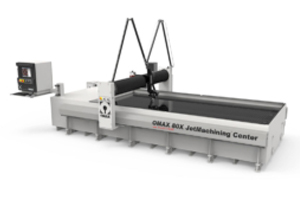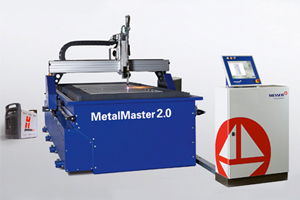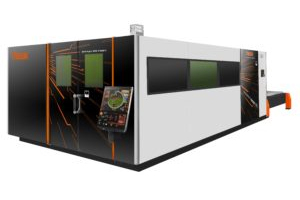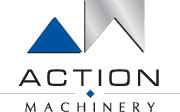Waterjet cutting, plasma cutting, and laser cutting are three popular methods for cutting materials in the manufacturing process. Each method has its own unique benefits and drawbacks, and the best choice for a particular application will depend on the specific requirements of the job. In this comparison, we will explore the benefits and drawbacks of waterjet cutting, plasma cutting, and laser cutting in more detail.
Waterjet Cutting

This makes waterjet cutting ideal for cutting materials that are sensitive to heat, such as heat-treated metals or composite materials with epoxy resins. Waterjet cutting is also very precise and can produce intricate cuts with a high degree of accuracy.
One of the main drawbacks of waterjet cutting is that it is relatively slow compared to other cutting methods. This can make it less efficient for high-volume production runs, although it can be a more cost-effective choice for smaller runs or for cutting complex shapes that are difficult to produce with other methods. Waterjet cutting is also relatively expensive, as it requires specialized equipment and consumables, such as abrasive materials that are added to the water stream to aid in the cutting process.
Plasma Cutting

One of the main benefits of plasma cutting is that it is relatively cheap and easy to set up, as it requires minimal specialized equipment. Plasma cutting is also relatively fast, making it a good choice for high-volume production runs.
However, plasma cutting is a thermal process, which means that it generates heat as it cuts. This can be an issue for materials that are sensitive to heat, as the heat can cause warping or other issues. Plasma cutting can also produce rough or uneven cuts, depending on the material being cut and the quality of the equipment being used.
Laser Cutting

One of the main benefits of laser cutting is that it is very precise and can produce high-quality cuts with minimal deformation of the material being cut. Laser cutting is also relatively fast, making it a good choice for high-volume production runs.
However, laser cutting is relatively expensive, as it requires specialized equipment and consumables, such as laser gas. Laser cutting is also limited in terms of the thickness of materials that it can cut, as the focused beam of light is not as effective at cutting through thick materials as other methods.
In conclusion, waterjet cutting, plasma cutting, and laser cutting are all popular methods for cutting materials in the manufacturing process. Each method has its own unique benefits and drawbacks, and the best choice for a particular application will depend on the specific requirements of the job. Waterjet cutting is a non-thermal process that is very precise but relatively slow and expensive, making it a good choice for small production runs or cutting complex shapes. Plasma cutting is a thermal process that is relatively fast and cheap to set up, but may produce rough cuts and can cause heat-related issues with sensitive materials. Laser cutting is a precise, non-thermal process that is fast and produces high-quality cuts, but can be expensive and limited in terms of the thickness of materials that it can cut.
Ultimately, the choice between waterjet cutting, plasma cutting, and laser cutting will depend on a number of factors, including the type and thickness of material being cut, the required precision and speed, and the available budget. By carefully evaluating these factors and selecting the most appropriate cutting method for the job, manufacturers can ensure that they achieve the desired results while minimizing costs and maximizing efficiency.
 Action Machinery
Action Machinery